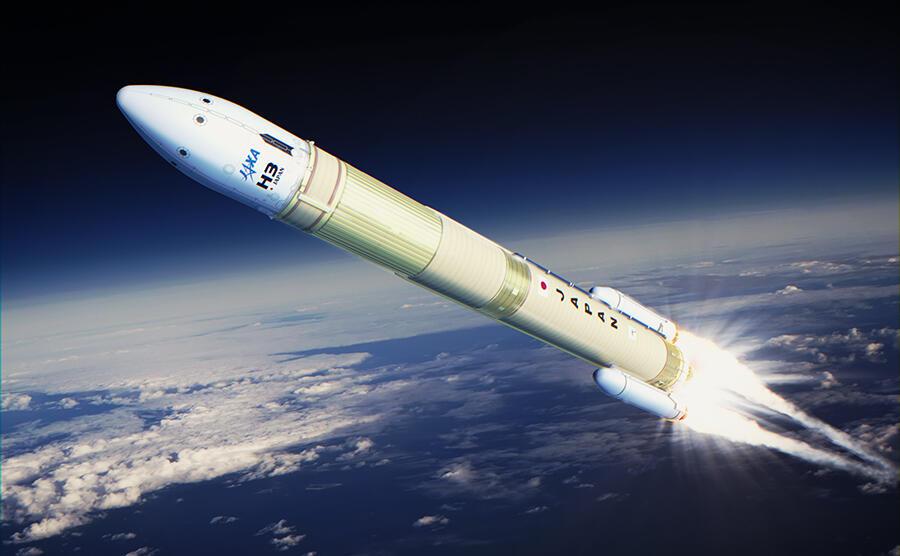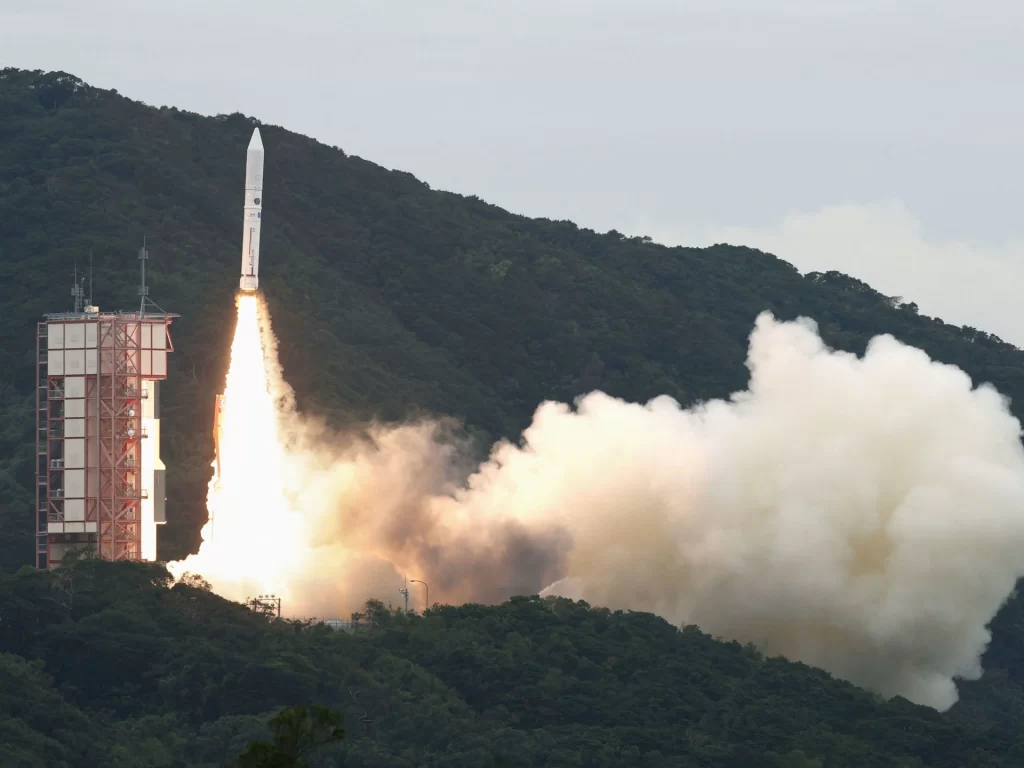The failure of Japan’s Aerospace Exploration Agency’s (JAXA) newest H3 rocket during its inaugural launch is a significant setback for Japan’s space program. The self-destruction of the rocket is a sobering reminder of the challenges involved in space exploration and the risks associated with space launches.
The H3 rocket was designed to be a reliable and cost-effective alternative to existing rockets and was seen as a critical component of Japan’s space ambitions. The rocket was developed to be used for a range of missions, from launching satellites and crewed spacecraft to carrying out scientific experiments.

The failure of the H3 rocket is particularly concerning because it comes at a time when Japan’s space program is facing increasing competition from other countries, particularly China and the United States. The success of Japan’s space program has always been a source of national pride, and the failure of the H3 rocket is likely to be a significant blow to the country’s space aspirations.
However, it’s worth noting that space exploration is a risky business, and failures are not uncommon. The setback is an opportunity for JAXA to learn from its mistakes and improve the design and engineering of its future rockets. Despite this failure, Japan’s space program has a long and proud history, and it’s likely that the country will continue to make significant contributions to space exploration in the years to come.

In conclusion, the failure of Japan’s H3 rocket is undoubtedly disappointing, but it’s important to remember that space exploration is a challenging and unpredictable field. The setback is a reminder of the risks involved in space launches, and it’s an opportunity for JAXA to learn from its mistakes and make improvements to its future rockets. Despite this setback, Japan’s space program remains a source of pride for the country, and it’s likely that Japan will continue to make significant contributions to space exploration in the future.


